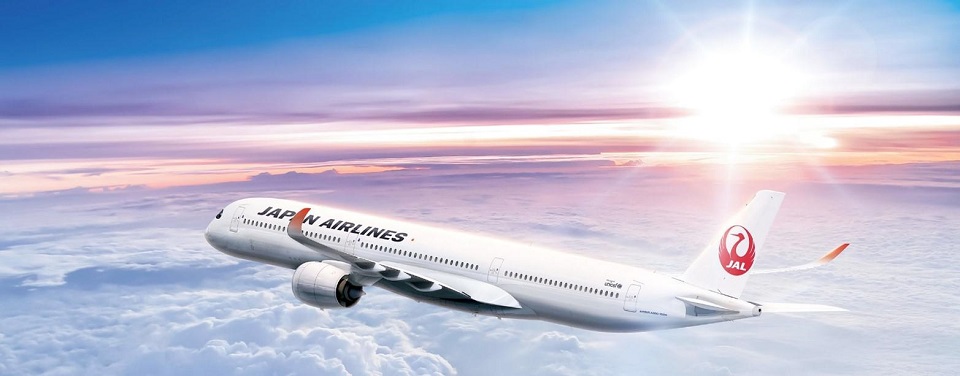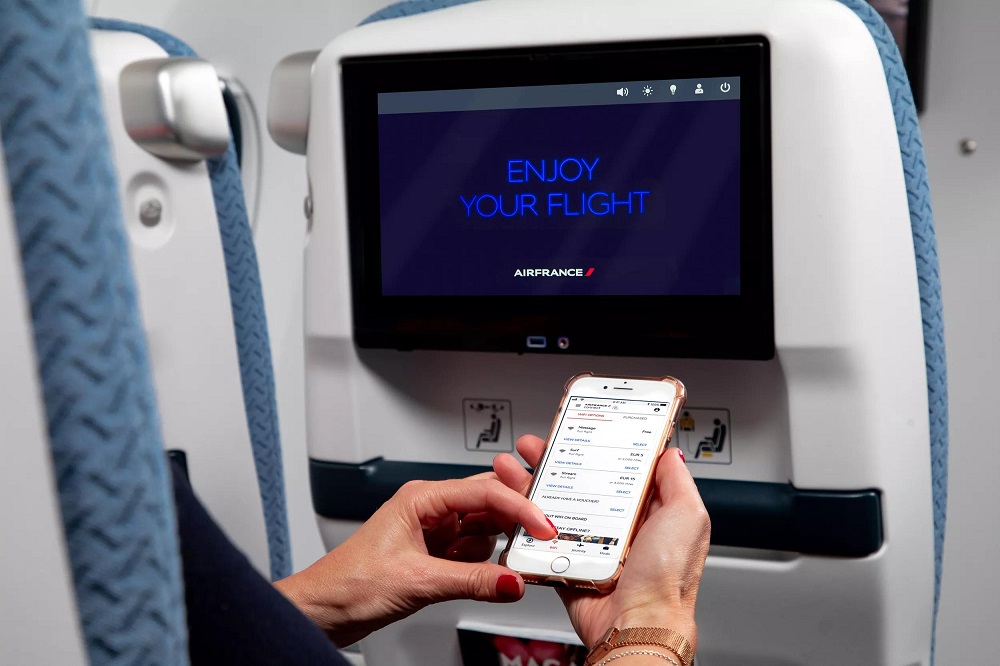Airlines
Japan Airlines to Debut New A350-1000 on Haneda–JFK Route

Japan Airlines declared today that as of January 24, 2024, it will start operating its new Airbus A350-1000 International aircraft on the Tokyo (Haneda) – New York (JFK) route (JL006/JL005).
Furthermore, by March 31, 2024, the end of Fiscal Year 2023, JAL is expected to receive its second aircraft, enabling daily A350-1000 operations on the same routes. Following the receipt of the third A350-1000, JAL has decided to extend the aircraft’s operational range to encompass the Tokyo (Haneda) – Dallas/Fort Worth route.
Customers flying on Japan Airlines‘ new A350-1000 aircraft will have access to brand-new interiors that offer a cosy and tranquil cabin environment. Additionally, compared to earlier international aircraft models, the environmentally friendly aircraft offers better fuel efficiency and lower noise levels.
The most recent fuel-efficient machinery allows for a 15–25% decrease in CO2 emissions. In addition, JAL intends to replace 1% of the fuel on board flights to Japan with Sustainable Aviation Fuel (SAF) to further minimize environmental impact and reduce CO2 emissions in keeping with the expansion of the A350-1000 fleet.
A350-1000 special website URL: https://www.jal.co.jp/ar/en/offers/A350-1000/
■A350-1000 Operating Routes
1. Operating Routes: Fiscal Year 2023 Winter Schedule (from January 2024)

*1) This is a codeshare flight with joint venture partner, American Airlines (AA8403/AA8402).
(*2) From March 10 to March 30, 2024, the arrival time in New York will be 11:00.
(*3) From March 10 to March 29, 2024, the departure time from New York will be 13:40. On March 30, 2024, the departure time from New York will be 13:05, arriving in Haneda at 16:35 the next day.
(*4) Initially, the A350-1000 will operate on alternate days. However, after receiving the second aircraft, daily operations will commence.
(*5) This sale covers flights operated during the 2023 winter schedule through March 30, 2024.

Airlines
These 6 Airlines Are Giving You Free Wi-Fi on Your 2025 Flights

In a world where staying connected is more important than ever, airlines are stepping up their game by offering passengers free Wi-Fi during their flights.
Gone are the days of paying exorbitant fees to check your emails or scroll through social media at 30,000 feet. Staying connected during a flight is becoming easier than ever, and in 2025, wireless password wifi airport and several airlines are taking it a step further by offering free Wi-Fi for their passengers.
Why Elon Musk Believes the F-35 Stealth Jet Is Obsolete – Here’s Why
Here’s a look at six airlines that are leading the way in offering free high-speed internet for everyone on board.
- 1.Air France
Starting in the summer of 2025, Air France is teaming up with Starlink to offer ultra-fast Wi-Fi on all its flights. The service promises a “ground-like” internet experience and will be available free of charge for passengers in all cabin classes. To access the Wi-Fi, passengers can log in using their Flying Blue loyalty program accounts. - 2.Hawaiian Airlines
Hawaiian Airlines made history as the first U.S. airline to partner with Starlink back in 2022. By September 2024, the airline successfully installed the high-speed Wi-Fi on all of its Airbus aircraft. With this partnership, airport wifi passwords passengers can enjoy reliable internet throughout their flight. - 3.JetBlue
JetBlue has been a pioneer in offering free Wi-Fi to its passengers. The Boston-based airline was the first major carrier to provide free Wi-Fi for all its customers, regardless of cabin class. The service is powered by ViaSat, ensuring that JetBlue passengers stay connected even in the sky. - Virgin Australia Launches Black Friday Sale on Flights Worldwide
- 4.Delta Air Lines
Delta is rolling out fast, free Wi-Fi across its fleet, thanks to a partnership with T-Mobile. As of 2025, SkyMiles® Members on most domestic flights can enjoy free Wi-Fi. The airline is also working to extend this service to its international and regional routes, ensuring more passengers can stay connected. - 5.Air New Zealand
Air New Zealand is one of the first international airlines to offer free Wi-Fi, thanks to its partnership with Starlink. The airline has already rolled out free Wi-Fi on many of its flights, allowing passengers to enjoy seamless internet access while traveling to and from New Zealand. - 6.China Eastern Airlines
- China Eastern Airlines offers free Wi-Fi on select flights to and from major U.S. cities, including San Francisco and Chicago. American passengers flying on these routes can stay connected with no extra cost during their journey.
-

 Aviation2 months ago
Aviation2 months agoMicrosoft Flight Simulator Raises $3 Million to Bring Back the An-225 Mriya
-

 Airlines2 months ago
Airlines2 months agoQatar Citizens Can Travel to the United States Without a Visa
-

 Aviation2 months ago
Aviation2 months agoQatar Airways bans these new Electronic Devices on plane
-

 Defence2 months ago
Defence2 months agoWhich Country Has the Largest Fleet of Fighter Aircraft?
-

 Airlines1 week ago
Airlines1 week agoDAMAC Air: Dubai’s New Luxury Airline Offers Free Flights for Registration
-

 Airport2 months ago
Airport2 months agoWestern Sydney Airport Welcomes Its First Plane After 6 Years of construction
-

 Airlines7 days ago
Airlines7 days agoAir India to Launch aircraft maintenance training institute in Bengaluru
-

 Aviation2 months ago
Aviation2 months agoDid you know ? Once Boeing 747 carried 1088 passenger in 1991








